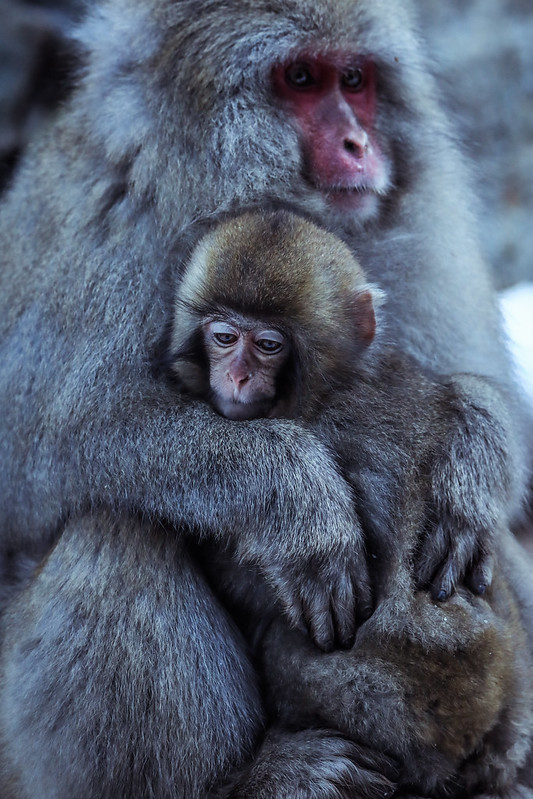
Amazing Japanese Wildlife
It would be such a surprise to have an unexpected visitor join you while you were having a relaxing dip in one of Japan’s incredible hot springs—especially if that visitor is a Japanese macaque, one of Japan’s endemic wildlife species.
Japan has islands that stretch long distances from north to south with a large range of climactic zones. Japan is also quite geographically isolated from the rest of Asia. This gives Japan a vast diversity of wildlife that include flora and fauna, natural habitats, and an array of mammals. In the northern area of the country are many subarctic species, while to the south are an abundance of southeast Asian species typical of tropical regions. In between lies a temperate zone that is home to many species found in China and Korea and a number of endemic species unique to Japan.
Japanese Macaque (Snow Monkeys).
Here are just some of the mammals found in Japan:
Japanese raccoon dog (tanuki) – a subspecies of the Asian raccoon dog, the tanuki or raccoon dogs of Japan are significant in Japanese folklore. They are believed to be mischievous and masters of disguise and shapeshifting.They are also thought to be gullible and absentminded. The tanuki is also a common theme in many Japanese art.
Ryukyu flying fox
Ryukyu flying fox or Ryukyu fruit bat (Pteropus dasymallus) – They are a species found in the Miyako, Osumi, Okinawa, Tokara, Daito, and Yaeyama Islands. The Ryukyu fruit bats thrive on subtropical or tropical dry forests and swamps. The species are believed to be threatened because of habitat loss and hunters who catch them for food. They are classified by the International Union for Conservation of Nature (IUCN) as “Near threatened.”
Ussuri brown bear
Ussuri brown bear (Ursus arctos lasiotus) – a subspecies of the brown bear found in Hokkaidō and Kunashiri Island, the Ussuri brown bear is similar to the Kodiac brown bear in size and may be an ancestor of the North American grizzly bear. Ussuri brown bears are believed to have crossed to Alaska 100,000 years ago and did not move south until 13,000 years ago.
The Ainu people worshipped the Ussuri brown bear. As part of an ancient religious ritual known as iomante, they would eat the flesh and drink the blood of the bear.
